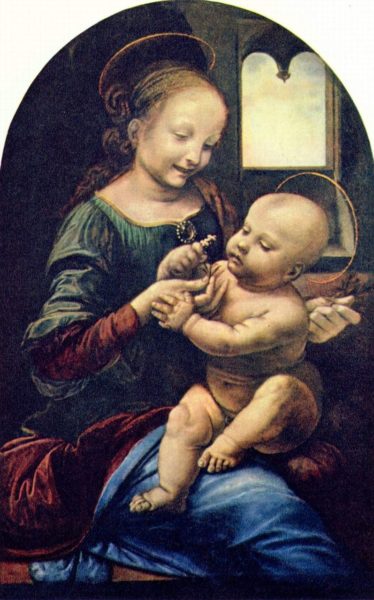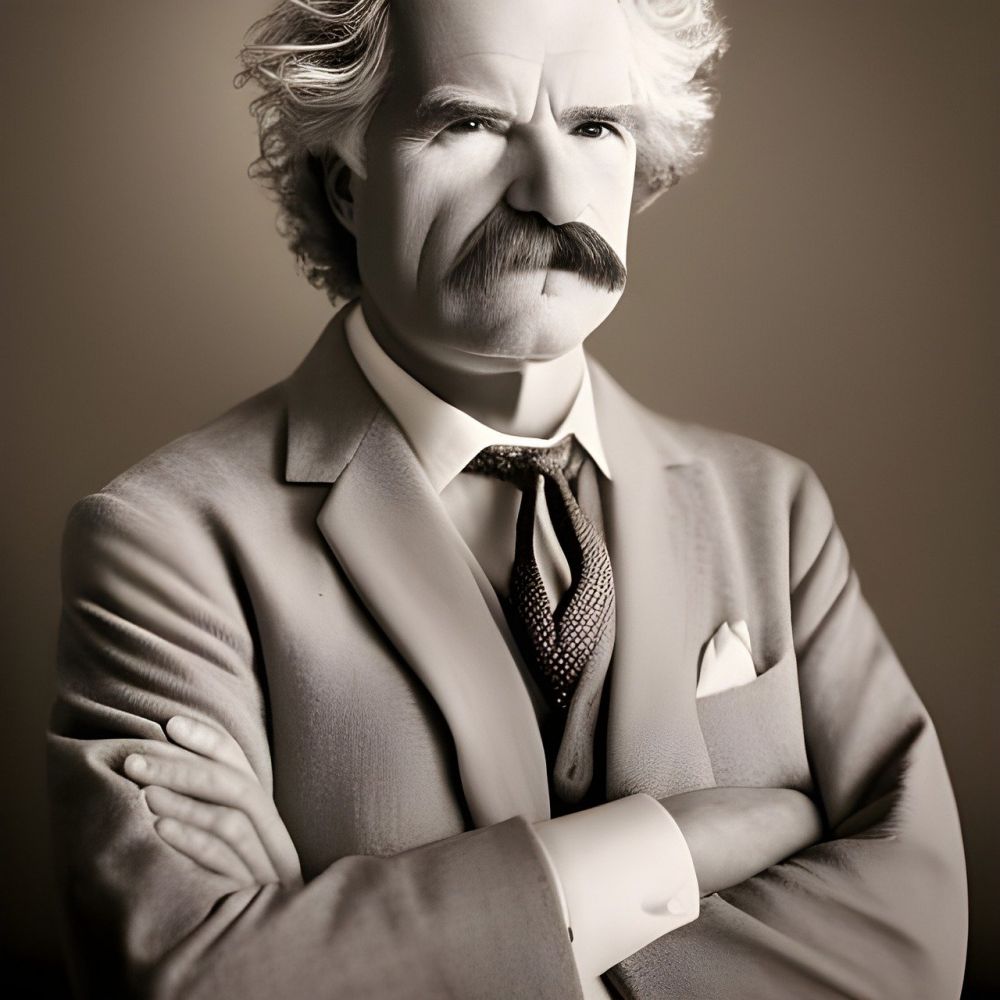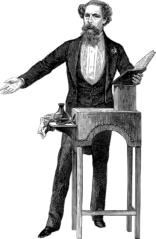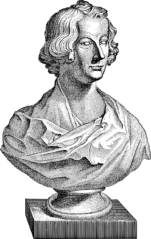Jane Austen film: A Journey through Time

Introduction:
Jane Austen, the renowned English novelist of the 19th century, has left an indelible mark on literature and popular culture. Her captivating stories of love, social commentary, and wit have not only been adored by readers but have also made their way onto the silver screen. In this article, we delve into the world of Jane Austen film adaptations, exploring their significance and evolution over time.
Understanding Jane Austen Film:

For those who are generally interested in this topic, it is essential to grasp the essence and allure of Jane Austen film adaptations. These movies bring to life Austen’s vivid characters, intricate plots, and eloquent dialogues. Whether it’s the spirited Elizabeth Bennet from “Pride and Prejudice” or the vivacious Emma Woodhouse from “Emma,” these films offer a visual feast for fans of Austen’s work.
Historical Development of Jane Austen Film:
Over the years, Jane Austen film adaptations have seen a remarkable journey of transformation and growth. Let us take a closer look at the timeline of these movies:
1. Early adaptations (1940-1970):
– With the advent of cinema, the first film adaptation of Jane Austen’s work emerged in 1940 with “Pride and Prejudice.”
– During this period, these early adaptations aimed at replicating the charm of Austen’s novels, albeit in a more limited cinematic format.
– Notable films include “Sense and Sensibility” (1951) and “Emma” (1960), which laid the groundwork for future adaptations.
2. Golden age of Austen adaptations (1995-2010):
– The 1990s witnessed a resurgence in Jane Austen film adaptations, bringing her stories to a new generation of viewers.
– The iconic BBC miniseries “Pride and Prejudice” (1995), featuring Colin Firth as Mr. Darcy, became a cultural phenomenon and sparked an Austen fever.
– Films like “Sense and Sensibility” (1995), “Emma” (1996), and “Persuasion” (1995) followed suit, showcasing Austen’s timeless narratives to global audiences.
3. Contemporary take on Austen (2010-present):
– The 21st century saw a shift in the portrayal of Austen’s works, with filmmakers experimenting with modern adaptations and reinterpretations.
– Movies like “Pride and Prejudice and Zombies” (2016) added a twist to the traditional Austen formula, blending romance with elements of horror and humor.
– Furthermore, the rise of technology and digital media spurred the creation of web series and short film adaptations, providing new avenues for Austen’s stories to reach audiences.
The significance of Jane Austen film adaptations:
Jane Austen film adaptations hold immense significance, not only for Austen enthusiasts but also for the larger artistic and cultural landscape. Here are a few key reasons why these movies continue to captivate audiences:
1. Capturing Austen’s timeless appeal:
– Film adaptations bring Austen’s novels to life, allowing audiences to experience the wit, romance, and social commentary that define her work.
– Through visually compelling storytelling and talented actors, these movies preserve and celebrate Austen’s legacy, ensuring her stories remain relevant for generations to come.
2. Showcasing period aesthetics:
– Jane Austen film adaptations offer a window into the aesthetic beauty of Regency-era England.
– Lavish costumes, grand country estates, and elegant ballroom scenes transport viewers to a bygone era, immersing them in the world of Austen’s characters.
3. Sparking critical discourse and analysis:
– The popularity of Jane Austen film adaptations has fostered academic and cultural conversations.
– Scholars, critics, and fans engage in discussions around the fidelity of the adaptations, the portrayal of Austen’s characters, and the relevance of her themes in contemporary society.
In conclusion, Jane Austen film adaptations have played a crucial role in bringing her literary works to wider audiences, allowing the timeless charm and social commentary of her novels to transcend time. From the early adaptations to the modern reinterpretations, these movies have both captured the hearts of Austen aficionados and introduced new fans to her captivating narratives. So, grab a cup of tea, immerse yourself in the world of Austen, and let these films transport you to a world of love, wit, and societal intrigue.
[Word Count: 608 words]
FAQ
How have Jane Austen film adaptations evolved over time?
What is the historical timeline of Jane Austen film adaptations?
What is the significance of Jane Austen film adaptations?
Flere Nyheder
Erhvervsfotograf – Din nøgle til professionelt visuelt indhold
Introduction: Jane Austen, the renowned English novelist of the 19th century, has left an indelible mark on literature and popular culture. Her captivating stories of love, social commentary, and wit have not only been adored by readers but have also...
14 marts 2024
Plakater til mor: Den perfekte gave er hylder kærlighed og taknemmelighed
Introduction: Jane Austen, the renowned English novelist of the 19th century, has left an indelible mark on literature and popular culture. Her captivating stories of love, social commentary, and wit have not only been adored by readers but have also...
Linnea Jensen
06 marts 2024
Klaus Rifbjerg – En Dybdegående Kig på Hans Bøger
Introduction: Jane Austen, the renowned English novelist of the 19th century, has left an indelible mark on literature and popular culture. Her captivating stories of love, social commentary, and wit have not only been adored by readers but have also...
Peter Mortensen
18 januar 2024
Peter Høeg er en dansk forfatter, der er bedst kendt for sine spændende og komplekse romaner
Introduction: Jane Austen, the renowned English novelist of the 19th century, has left an indelible mark on literature and popular culture. Her captivating stories of love, social commentary, and wit have not only been adored by readers but have also...
Peter Mortensen
18 januar 2024











